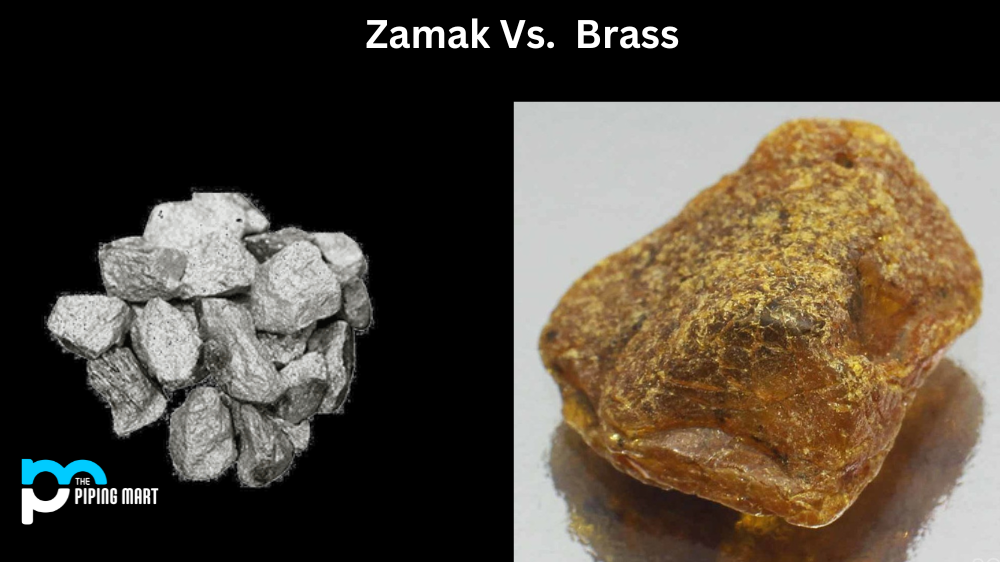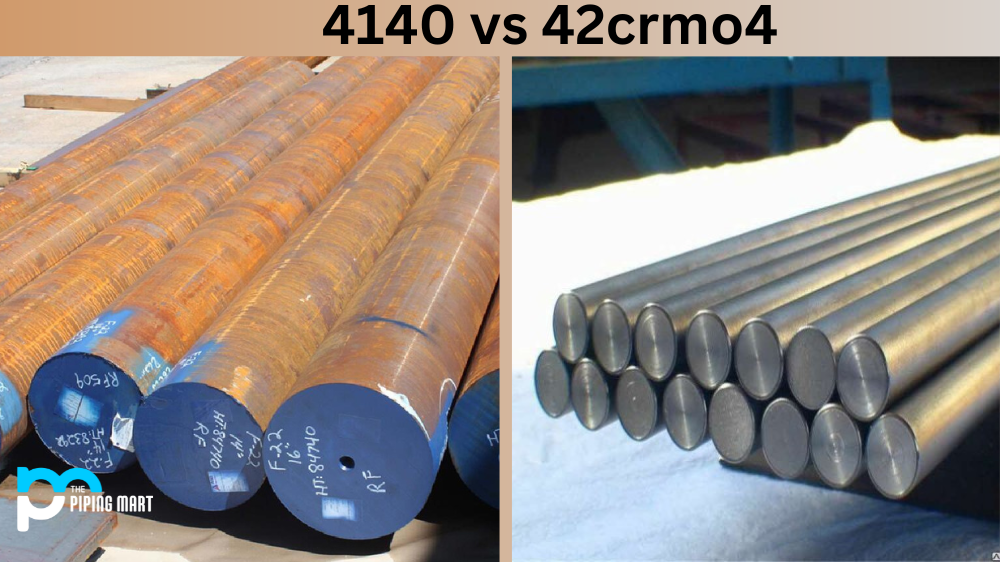Aluminium bronze is a type of alloy made from copper and aluminum known for its strong and corrosion-resistant properties. It has numerous applications in the aerospace, automotive, marine, and petrochemical industries. To optimize the strength of the aluminum bronze alloy, it is essential to understand its microstructure.
Aluminium bronze alloys are composed of different metals and elements in varying proportions depending on the desired application. Generally, aluminum bronze contains between 3% and 12% aluminum and other elements such as iron, nickel, manganese, silicon, phosphorus, zinc, or lead. This gives the alloy a wide range of properties, including high tensile strength and excellent resistance to corrosion and wear.
The microstructure of aluminum bronze is complex due to the presence of multiple elements in varying amounts within the alloy. The most common form of microstructure found in aluminium bronzes consists of primary α-phase grains surrounded by a matrix composed mainly of γ-phase grains and an intergranular phase layer containing both α-phase and γ-phase particles. Depending on the alloy’s specific composition, additional phases may be present, such as β-phase or χ-phase grains.
Furthermore, aluminium bronze can contain various residues, further influencing their properties. These residues are formed when one or more components in the alloy are supersaturated, and they include carbides, silicides, nitrides, phosphides, or borides, among others. These residues tend to increase hardness but reduce ductility, so care must be taken when choosing an alloy composition to optimize strength and ductility for the intended application.
Conclusion:
For engineers looking to use aluminium bronzes in their projects, it is essential to understand their compositions and microstructure and how these factors will impact performance characteristics such as strength or wear resistance. With this knowledge, designers can create superior products that use aluminium bronze’s unique combination of strength and corrosion resistance for enhanced performance compared to other materials available today.




